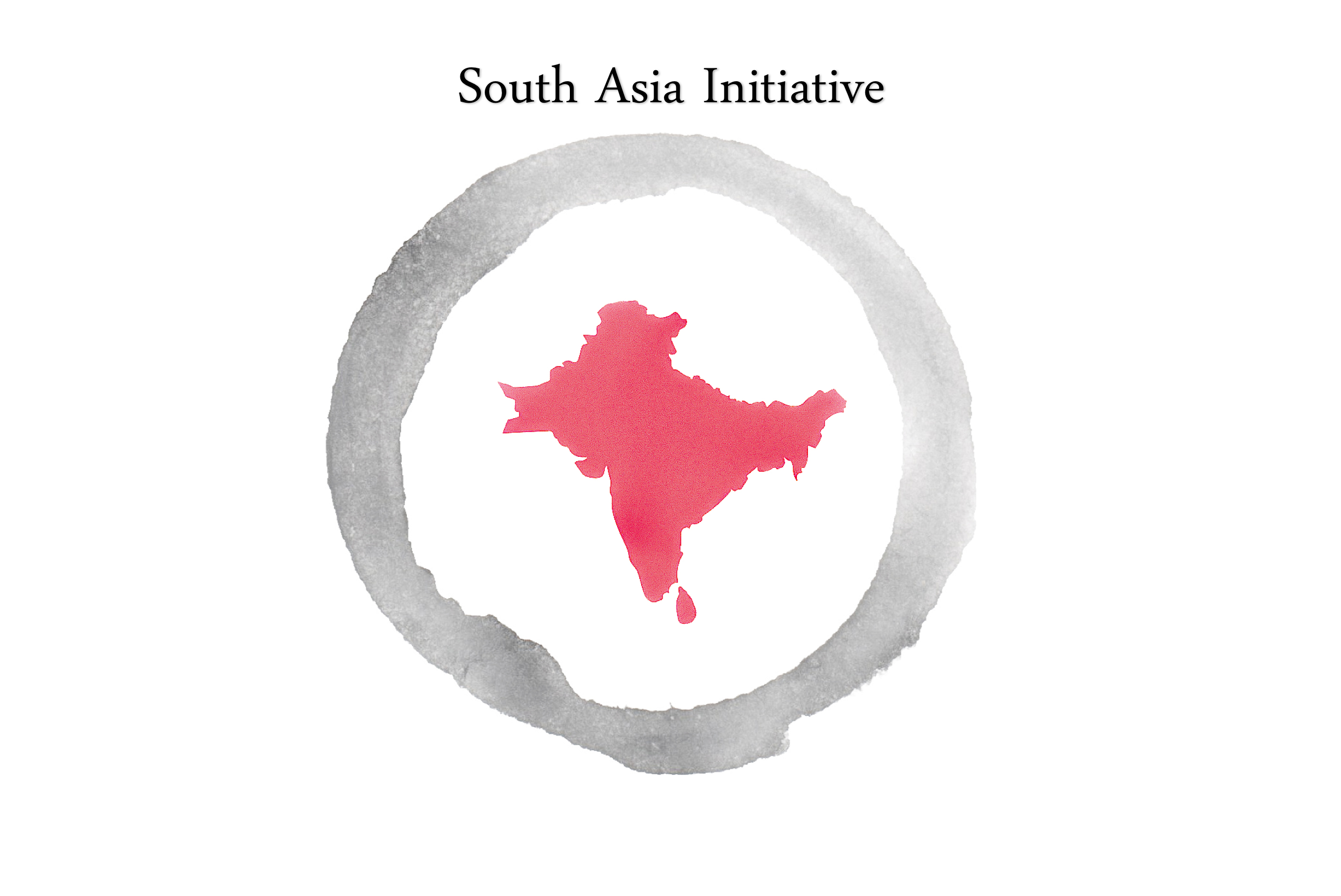
Climate Lens South Asia
South Asian countries are heavily affected by the unfolding climate crisis. Populations, societies, and economies are affected by global warning and environmental degradation. At the same time, the region is part of the global solution to tackle the global climate crisis.
The Maldives has been at the forefront in raising awareness about ocean ecology and rising sea levels. India is promoting smart cities and solar energy at home. Globally, India promotes the expansion of solar energy through the International Solar Alliance and accelerates the industrial transition together with Sweden. Bangladesh was one of the first countries to abolish single use plastic and is set to develop a greener garment sector. Sweden is an active partner in the region’s climate action agenda, as is the EU. The South Asia Initiative’s special Climate Lens South Asia will connect European and South Asian climate conversations, and provide insights for the international partnerships developed to handle the crisis.
Previous publications:
